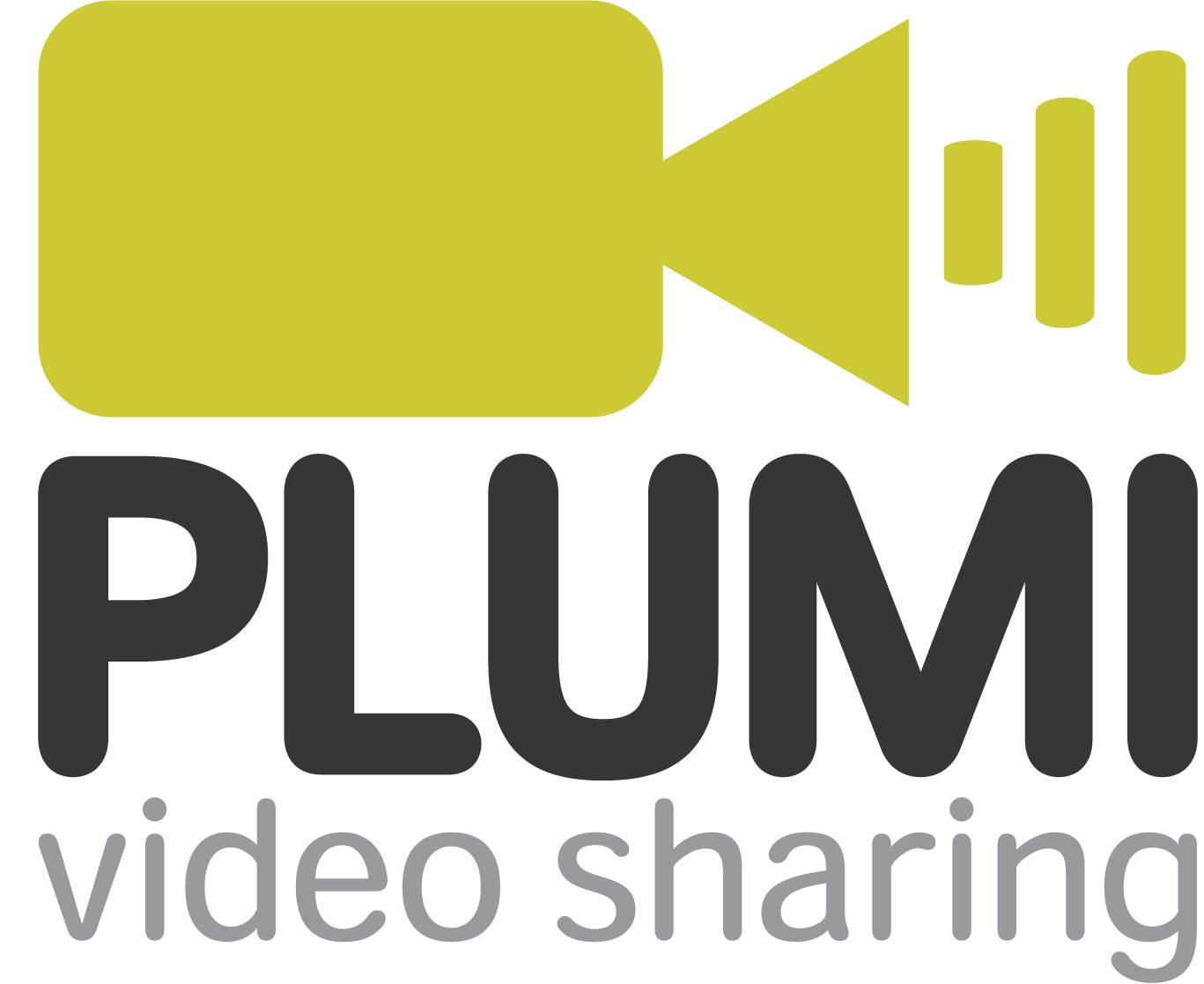Journalism.co.uk talks to journalists across the globe working at the collision of journalism and social media about how they see it changing their industry. This week, Lloyd Shepherd, MessyMedia.

1) Who are you and what do you do?
I’m Lloyd Shepherd, and I’m co-managing director and co-founder of MessyMedia. We publish mainstream entertainment and information websites, aka blogs, and we’ve got two going at the moment: Westmonster and Glitterditch. I also do consulting with the Guardian, Channel 4, Yahoo! and the BBC.
2) Which web or mobile-based social media tools do you use on a daily basis and why?
As for social media tools, I’m going to define these as ‘tools that help me interact with other people to get stuff done and swap ideas’. So I’d say these qualify:
Google Apps: it’s a small miracle that you can set up an office software suite for nothing these days, and it’s not even the cost that’s miraculous: it’s the fact that you can run a virtual office IT system without an office IT department.
Mac OS: Apple Mail, iCal, Safari, Address book. All syncing with an iPod Touch.
Netvibes: my browser home page. It lets me track key headlines, Facebook, Twitter and some nice Flickr photos all on one page. My world in miniature.
Facebook: not essential, but useful, particularly for keeping in occasional touch with former colleagues from far-flung parts of the world. This morning I got a question from a former Yahoo! colleague based in Singapore who wanted to know about hotels in Beverly Hills. Why he thought I could help I can’t imagine, but those occasional human contacts are very important over time.
Twitter: I’ve been in and out of this, but right now I’m really into it. Again, it’s about the human touch. People you may know only by reputation come alive in Twitter, and that’s important.
last.fm: Not for work, but still officially The Best Website In The World. Arguing about Elton John and Morrissey with people from Tokyo – it’s what the web is for.
Blogging: I run two blogs: Dadblog, and MessyMedia. Both are essential to me. They let me think things through by writing about them, and they are a calling card. The most important ‘social media’ activity for me by a distance, I reckon.
del.icio.us: I use this for links I want to share, rather than links I want to keep for myself. For the latter I use….
EagleFiler: great local software for storing and annotating all manner of things: webpages, emails, documents, the works
3) Of the thousands of social media tools available could you single one out as having the most potential for news either as a publishing or newsgathering tool?
Publishing and news-gathering: most of the things that have ‘potential’ are already huge: YouTube for video, Flickr for photos, Wikipedia for breaking community coverage. These things are going to get bigger and bigger and bigger. I think Twitter’s still got a long way to go: Number 10’s [the UK Prime Minister’s website] launch of a Twitter account last week was an interesting moment. And Ning is fascinating too, and growing fast – I think it has to work out a way of providing ‘enterprise-level’ community services (like Pluck) but if it does, it could be massive.
4) And the most overrated in your opinion?
Digg. A daily celebration of the banal and the obsessive. I feel exhausted every time I look at it.






